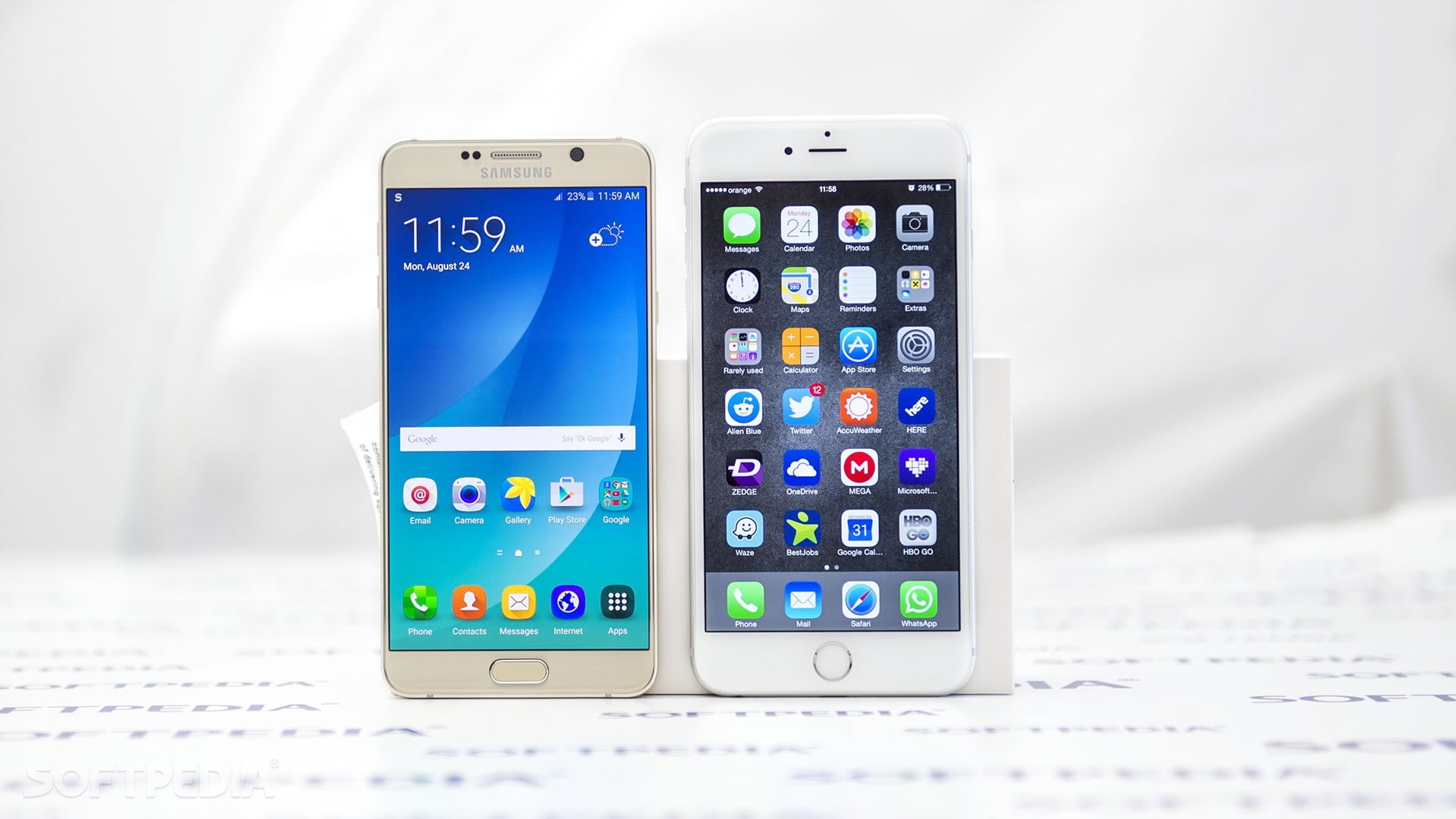This text will cover three belongings you want to recognize before beginning iOS improvement. Those three matters are the primary iPhone app types, reasons why a positive form of the app should face app rejection, and the proper computer for iPhone development. The three simple iPhone app kinds are web, native, and hybrid. Web apps use web technology such as HTML, CSS, and Javascript and run on an iOS device through the Safari browser. They haven’t bought the app.

Native apps are those written in a programming language that includes Objective-C, C, or C++ and compiled to run on an iOS device. The maximum apps you spot on the app save are native. Hybrid apps are the ones that might be created for the usage of the web era; however, they use an interpreter that is compiled natively. These apps are run via a web browser embedded within a local app and can be sold at the app store.
Now, positive forms of apps should face app rejection if they are made using move platform development gear. Apple has stated that they do not want any apps made using those tools because those gear require a developer to anticipate the device maker to replace to utilize the cutting-edge functionality of the hardware. Apple manner uses its own SDK, which can be received freely via its internet site.
READ MORE :
- 5 Key Things You Need to Know About Extreme Sports Insurance
- Make Peace With the Life You Did Not Get
- Tips to Save Power and Maximize Battery of Your Apple Devices
- New Features and Design of IOS 7
- Penis Health Cremes – What You Need To Know
The type of computer for iPhone improvement finished the Apple manner you’ll want to run today’s Mac OS model. Apple updates its SDK frequently, and whenever they do, it tends to require a more recent version of Mac OS X. It appears Apple has had a trade of coronary heart concerning the iTunes App Store regulations, the transparency of its management, and maximum distinctly, Flash primarily based software program on the iOS platform.
In a declaration posted on Apple’s website, the iPhone producer, notorious for retaining a completely closed app marketplace and frequently enigmatic criteria for attractiveness or rejection of apps, introduced new, more comfy regulations on improvement or even published a “residing document” detailing the limitations that aspect into Apple’s rigorous assessment manner. Among other adjustments to the Developer Program license,
Apple removed a part of section three.Three.1, which restricted builders to the programming languages therein distinctive (C, C++, and Objective C) and prohibited the use of compatibility layers–together with (however now not constrained to) Adobe’s Flash compiler. For the ones of us who are not programming-savvy, this adjustment manner that Apple will now allow developers to create ‘Flash-primarily based Apps;’ even as developers will not have direct permission to embed Flash software program inside apps,
the content material can be reformatted the usage of a device Adobe has resumed paintings on, known as Flash Professional CS5. Of course, iPhone users won’t be able to enter Flash content via their mobile browsers; however, you failed to think Apple would be that accommodating, did you?















